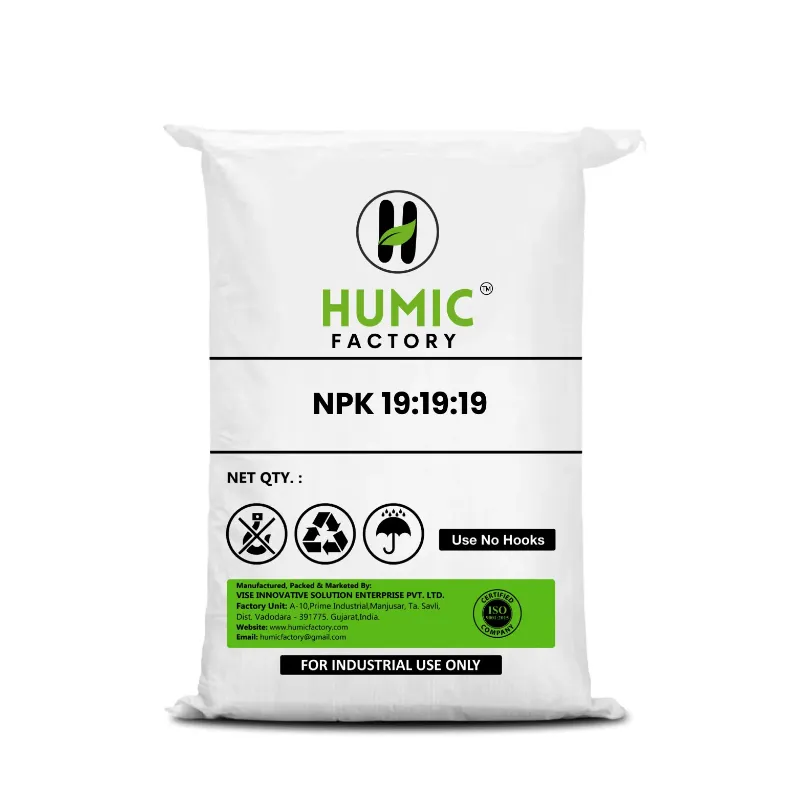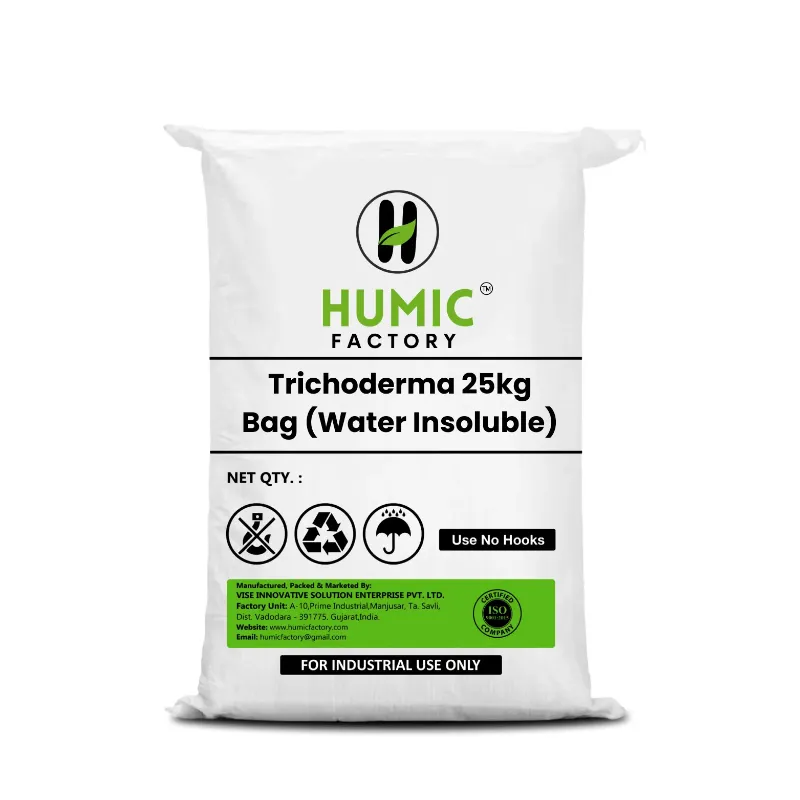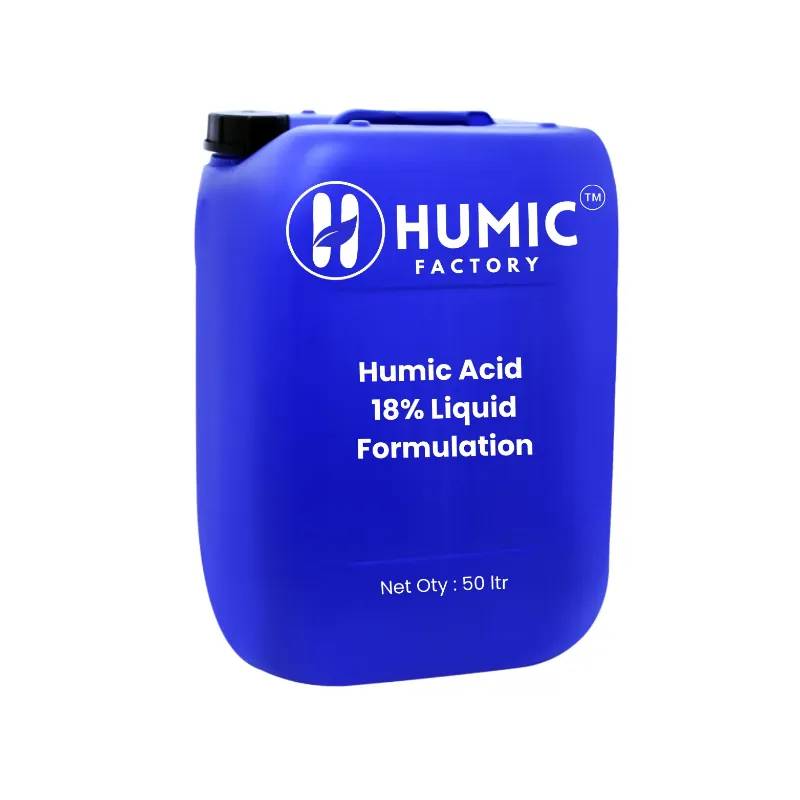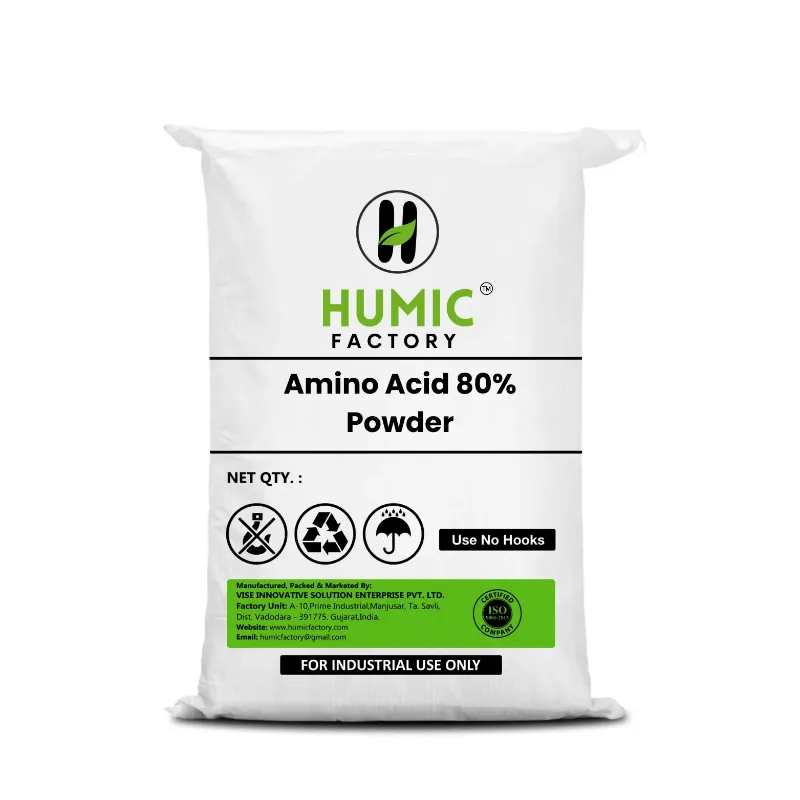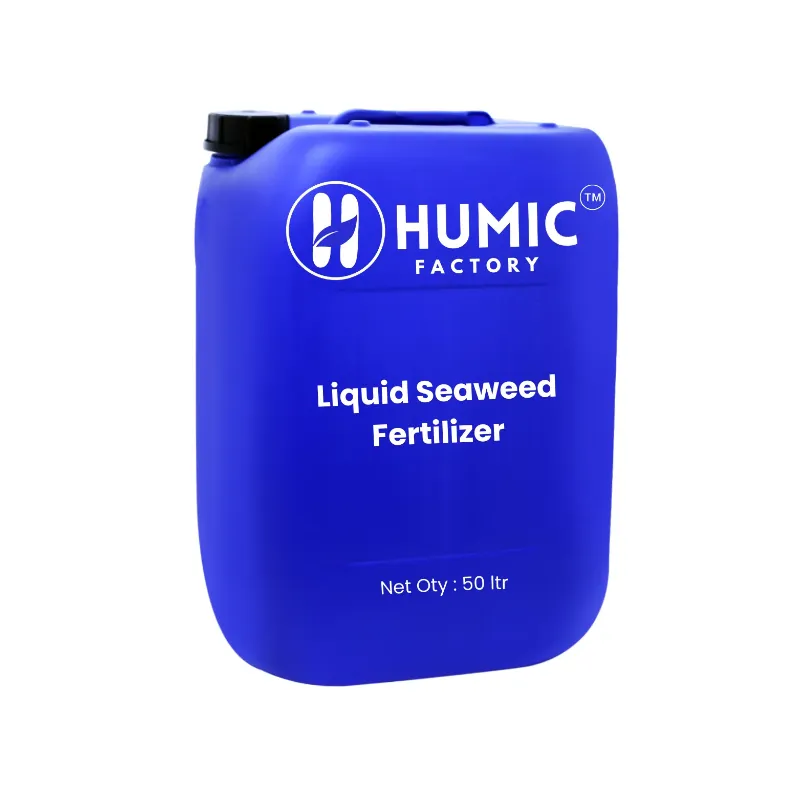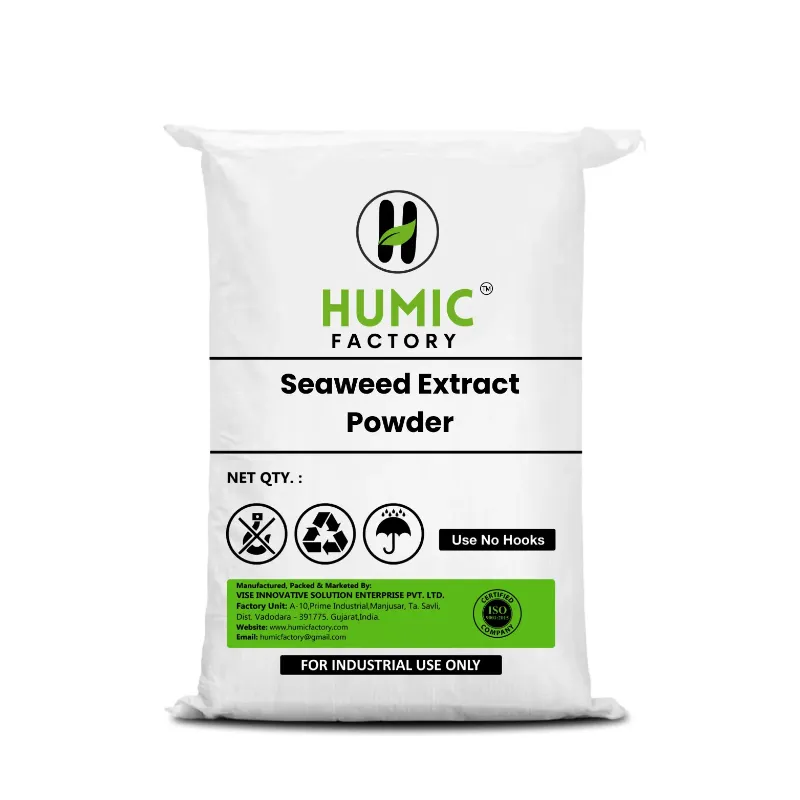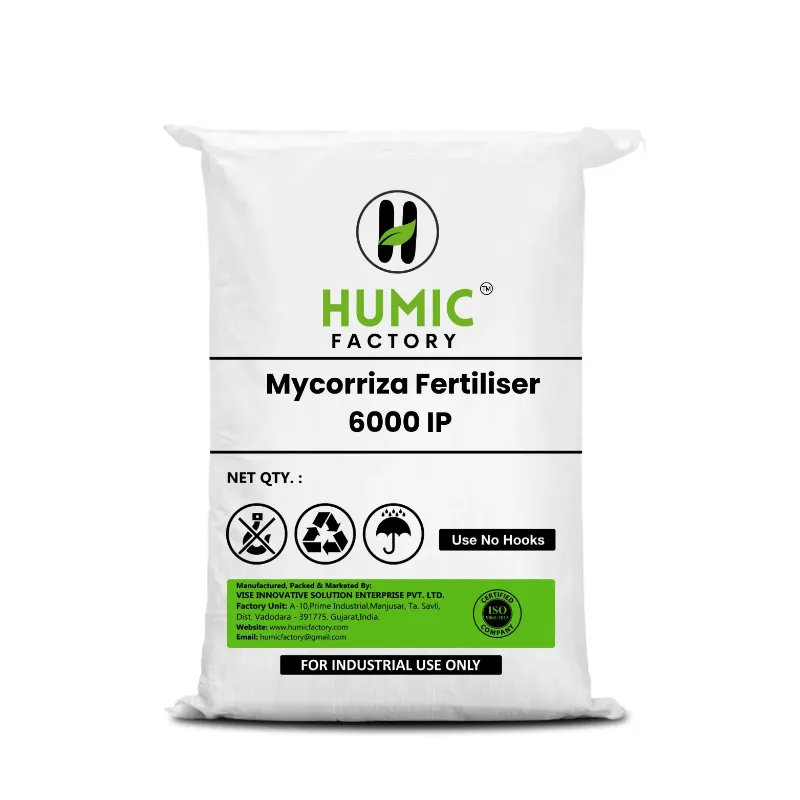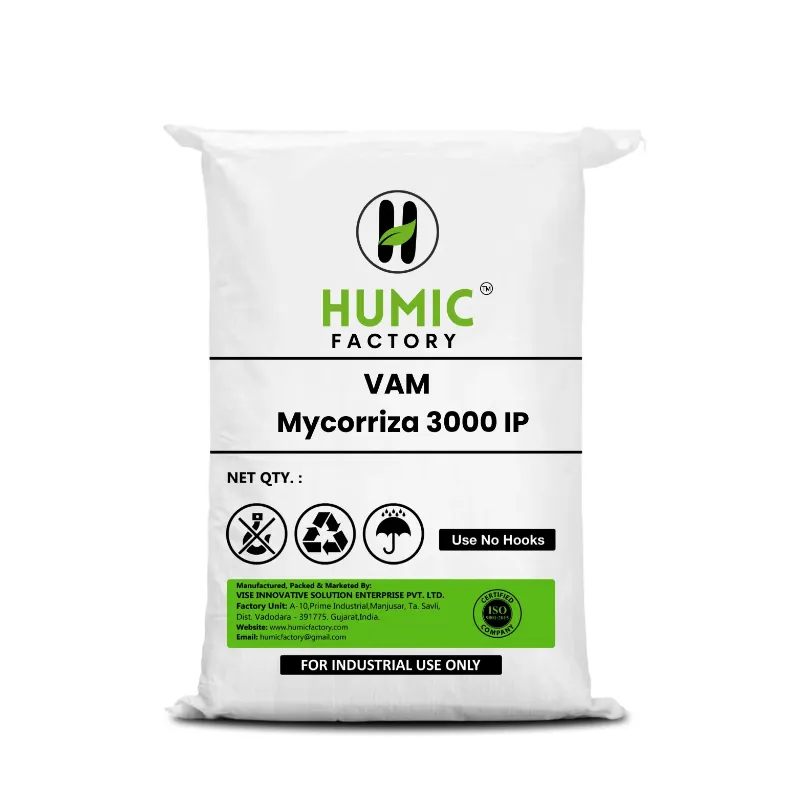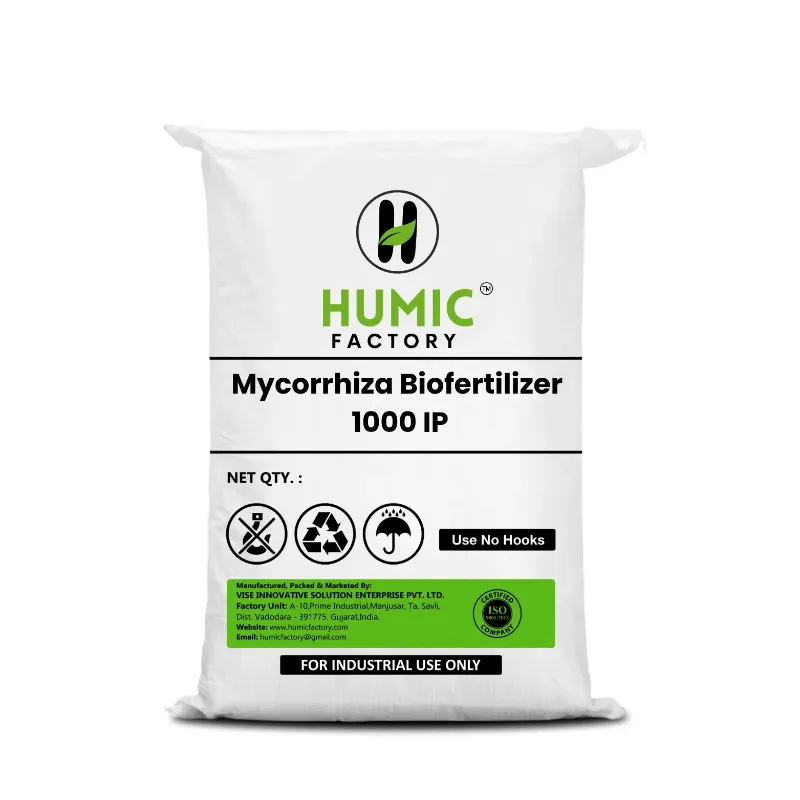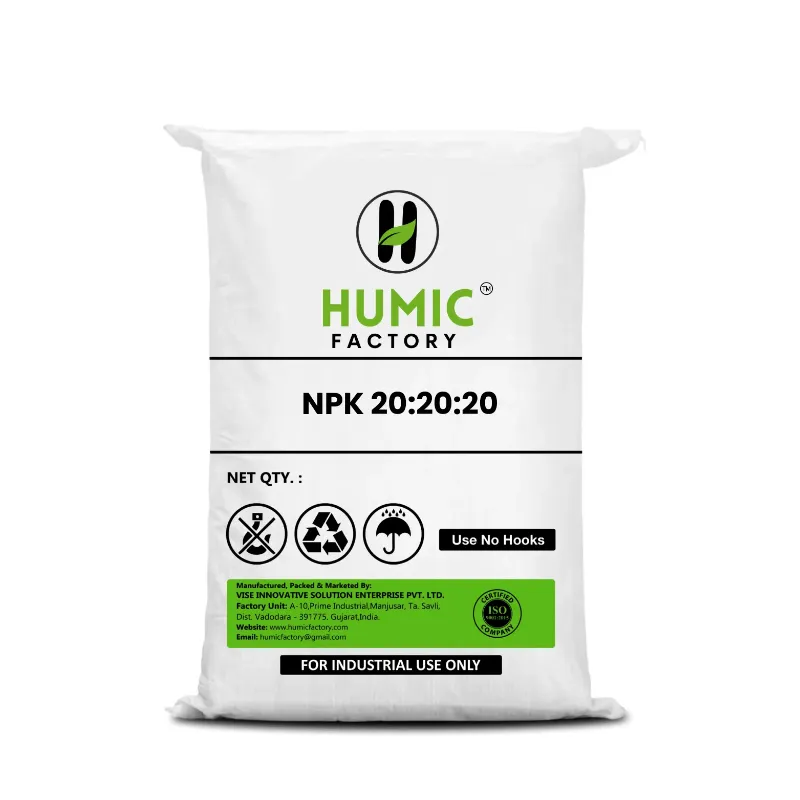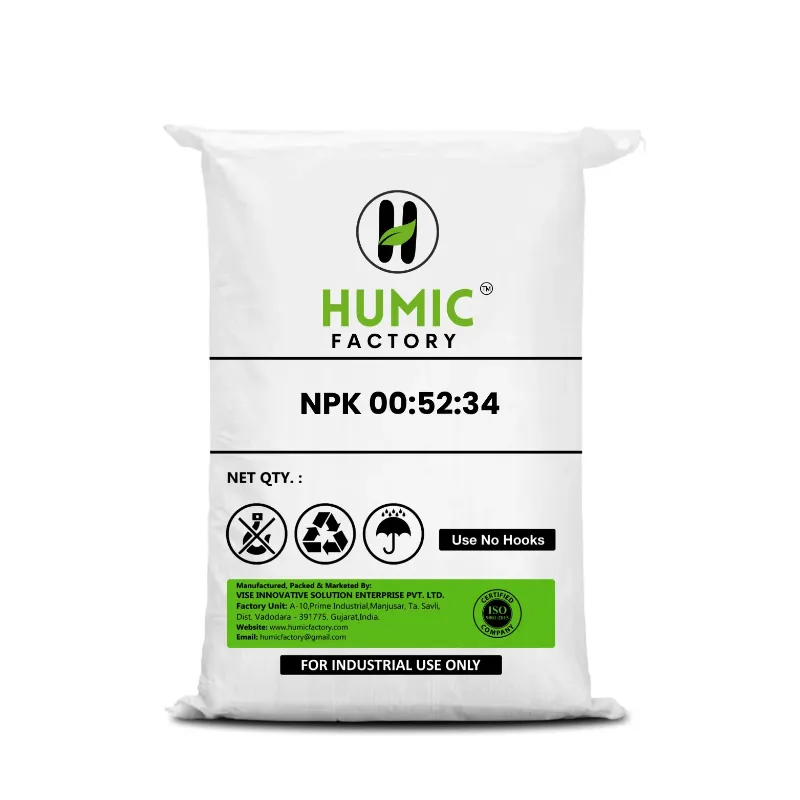Crop rotation is a fundamental practice in organic farming that offers numerous benefits, from improved soil health to increased pest resistance. By alternating different crops in a planned sequence, farmers can enhance their soil’s fertility and productivity while reducing dependency on synthetic inputs. In this case study, we will explore how implementing organic crop rotation principles transformed a farm’s productivity and sustainability. We’ll also highlight how products from Humic Factory supported this successful transition.
The Farm: A Brief Overview
Our case study focuses on a 50-acre farm located in the central region of India, known for its diverse crops, including wheat, corn, soybeans, and legumes. The farm had traditionally relied on conventional farming methods, including synthetic fertilizers and pesticides. Facing challenges such as declining soil fertility, increased pest pressure, and reduced yields, the farm’s owner decided to transition to organic practices, starting with a structured crop rotation plan.
Transitioning to Organic Crop Rotation
1. Identifying the Need
The first step was to assess the current state of the farm’s soil and crop performance. Soil tests revealed low nutrient levels, poor organic matter content, and signs of soil erosion. Additionally, the farm experienced increasing pest and disease issues, likely exacerbated by the lack of crop diversity.
2. Developing the Crop Rotation Plan
The next step was to design a crop rotation plan based on organic principles. The plan focused on:
Diversification: Introducing a variety of crops to improve soil health and reduce pest and disease pressure. The rotation included cereals (wheat and corn), legumes (soybeans and chickpeas), and cover crops (clover and vetch).
Nutrient Management: Incorporating nitrogen-fixing legumes into the rotation to naturally replenish soil nitrogen levels and reduce the need for synthetic fertilizers.
Soil Health: Using cover crops to enhance soil structure, prevent erosion, and increase organic matter.
Implementing the Rotation Plan
1. Year 1: Establishing the Rotation
In the first year, the farm implemented the crop rotation plan, starting with wheat, followed by soybeans and clover as a cover crop. The introduction of soybeans helped fix nitrogen in the soil, while clover improved soil structure and prevented erosion.
2. Year 2: Expanding the Rotation
The second year saw the introduction of corn after soybeans and chickpeas as the following crop. The rotation continued with another cover crop, vetch, which added organic matter and further enhanced soil health.
3. Year 3: Evaluation and Adjustment
After three years, the farm assessed the impact of the crop rotation plan. Key improvements included:
Improved Soil Fertility: Soil tests showed increased levels of organic matter and nutrients. The presence of legumes and cover crops had significantly enhanced soil health.
Enhanced Pest and Disease Resistance: The diverse crop rotation reduced the prevalence of pests and diseases, as the varied plant species disrupted their life cycles.
Increased Yields: Overall crop yields improved due to better soil fertility and health. The farm reported a 20% increase in yields compared to previous years.
Supporting Organic Practices with Humic Factory Products
Humic Factory’s products played a crucial role in the success of the crop rotation plan. Here’s how they supported the farm’s transition:
1. Humic Acid Products
Humic Factory’s humic acid products were used to enhance soil structure and nutrient availability. By improving soil’s water-holding capacity and promoting beneficial microbial activity, these products supported the health and productivity of crops throughout the rotation.
2. Organic Amendments
The farm used Humic Factory’s organic compost and soil conditioners to boost soil fertility. These amendments provided essential nutrients and organic matter, further improving soil health and supporting the diverse crop rotation.
3. Biofertilizers
Humic Factory’s biofertilizers helped optimize nutrient uptake and enhance plant growth. These products worked synergistically with the crop rotation plan, ensuring that crops received balanced nutrition and remained resilient to environmental stresses.
Lessons Learned and Best Practices
1. Plan for Diversity
Successful crop rotation relies on careful planning and diversification. Incorporating a variety of crops helps improve soil health, reduce pest and disease pressure, and enhance overall farm productivity.
2. Monitor and Adjust
Regular monitoring and evaluation are essential to assess the effectiveness of the crop rotation plan. Adjustments may be needed based on soil conditions, crop performance, and other factors.
3. Integrate Organic Products
Utilizing organic products, such as those from Humic Factory, can enhance the benefits of crop rotation. These products support soil health, improve nutrient availability, and boost plant resilience.
4. Educate and Train
Providing education and training on organic practices and crop rotation can help farmers implement effective strategies and achieve sustainable results.
Conclusion
The successful implementation of organic crop rotation principles on the farm demonstrated the significant benefits of this sustainable practice. By diversifying crops, improving soil health, and integrating organic products from Humic Factory, the farm achieved increased yields, better soil fertility, and enhanced resilience to pests and diseases. This case study highlights the value of organic crop rotation in transforming farm productivity and sustainability. For farmers seeking to improve their farming practices, embracing organic principles and utilizing high-quality products can pave the way for a more productive and sustainable future.



